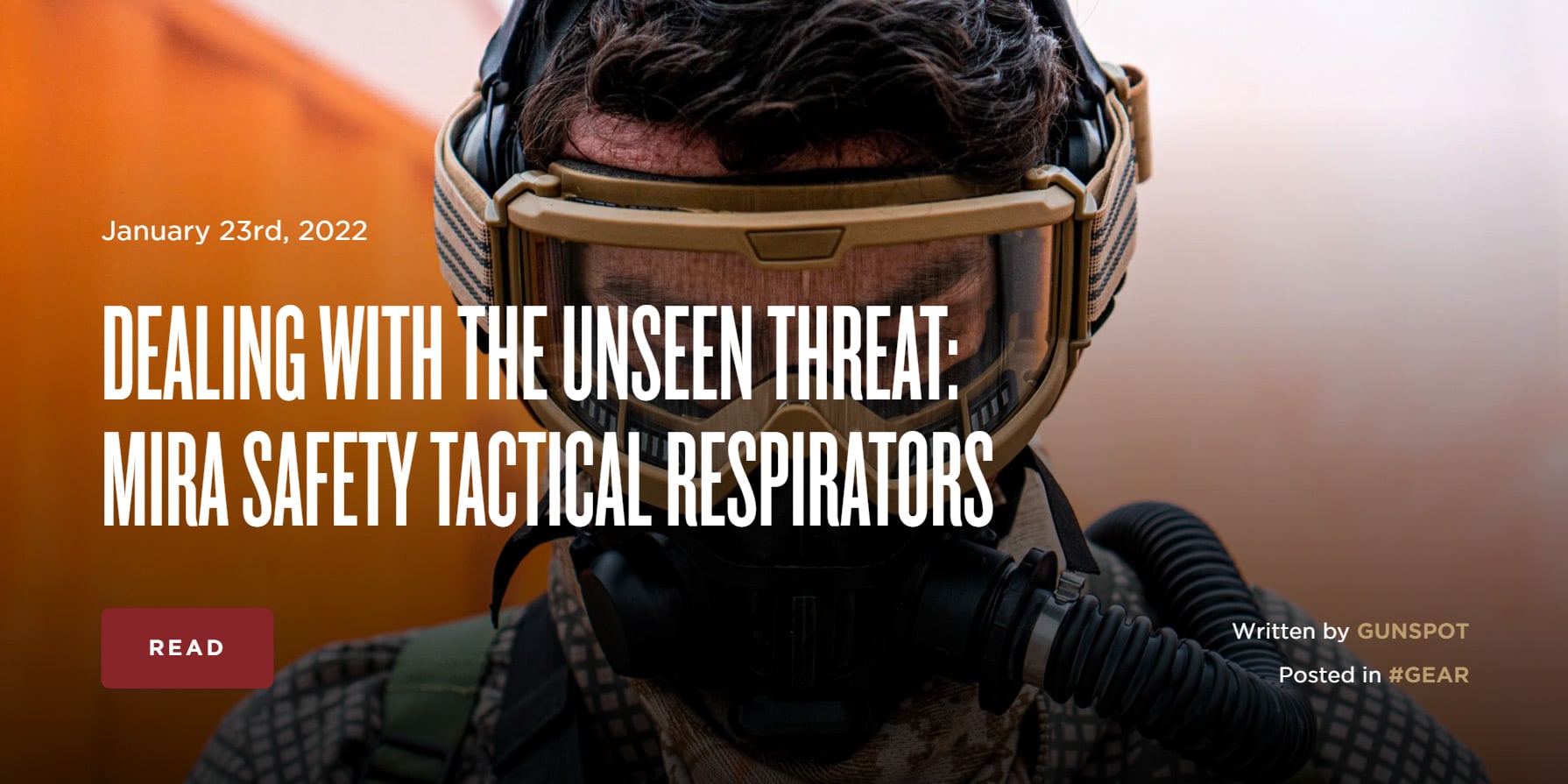Hello all, here is today's article posted on TheArmoryLife.com. It is titled "Dealing with the Unseen Threat: MIRA Safety Tactical Respirators" and can be found at https://www.thearmorylife.com/dealing-with-the-unseen-threat-mira-safety-tactical-respirators/.



